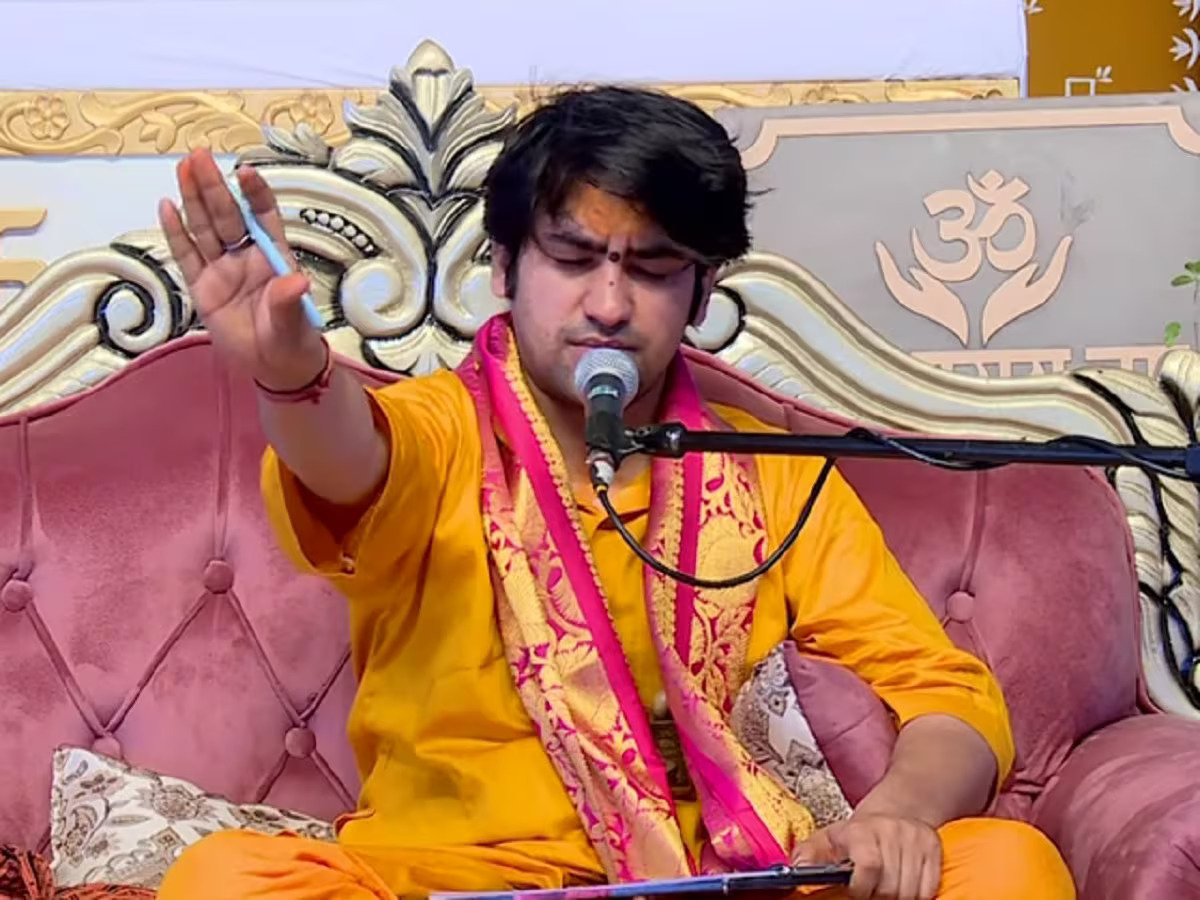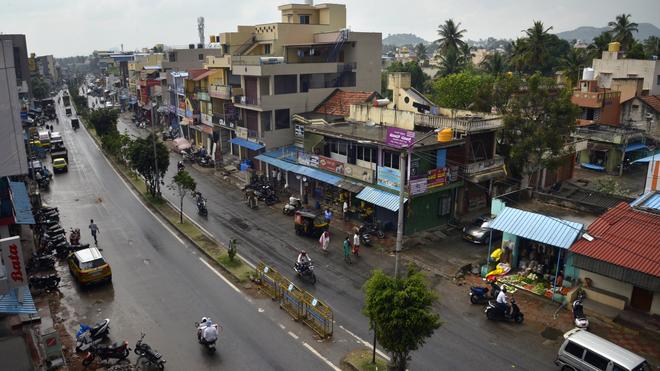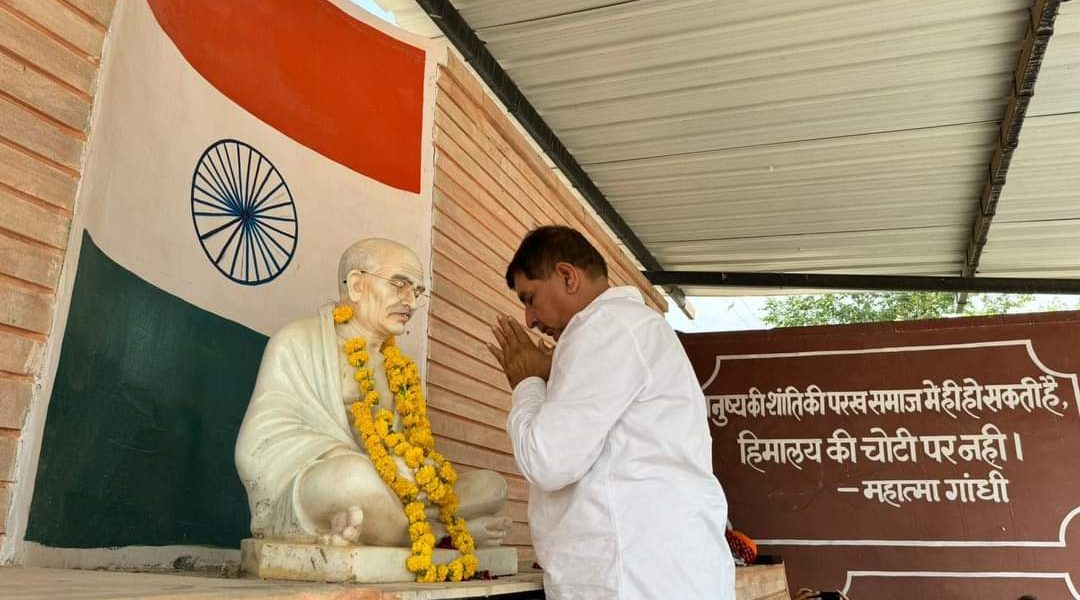
(RNS) — For more than three months, the world has felt the reverberation of the ongoing farmer protests in India, the largest protest in human history, according to several news outlets. The ripples have increased the past two weeks as growing tensions have led to multiple incidents of violent confrontations around the world, including in Canada, the United States and, most recently, Australia.
According to Australia’s 7 News, a mob of right-wing extremists attacked a group of turbaned Sikh men in Sydney in a reported hate crime. Video footage captures the mob using bats and hammers to smash the car while the Sikh men were still inside.
But unlike most hate crimes that target Sikhs in the West, the attackers were not white supremacists or white nationalists; they were right-wing Indian nationalists terrorizing Sikhs in response to the protests against India’s new farm laws.
To understand why such violence would spill over transnational boundaries, one must first understand the nature of modern Indian nationalism. Its current iteration is premised on Hindutva, literally meaning Hindu-ness, and envisions an ethno-nationalist vision for India as a Hindu homeland. That India’s current government, led by the nationalist BJP, openly embraces this vision helps explain how popular and pervasive Hindu nationalist ideology has become.
Our next step is to recognize the Indian government’s strategy of labeling and discrediting all dissent as anti-national. In a young country like India, comprising diverse regions, cultures and communities, unity has been central to the nation-building project, so perceived threats to it are therefore taken seriously and dealt with swiftly.
Indian officials discredited protesters who opposed the anti-Muslim Citizenship Amendment Act by labeling them as anti-national. Officials did the same to those who opposed Prime Minister Narendra Modi’s sudden decision to revoke Article 370 — a decision that undercut India’s constitutional guarantee of relative autonomy for the Muslim-majority Kashmir region.
Indian officials used the same tactic in response to the farmer protest, which, despite becoming a movement that has brought forth people of diverse castes, classes, religions and regions, is a movement initiated and led by Sikh farmers of Punjab. As the protest continues to gain in popularity, the government has attempted to present the movement as an underhanded attempt at separatism.
The Indian people did not buy into the narrative this time, perhaps because they had seen this page of the playbook so often in the past few years, or perhaps because they saw the broad buy-in from diverse communities.
But while a large segment of the Indian population recognized the propaganda machine at work, the government’s framing of the farmer protest as an anti-national provocation has sunk in with right-wing nationalists.
That is why government supporters have targeted Sikh communities, both in India and in the diaspora. As the face of the protests, Punjabi Sikhs have become the marks of extremist hate.
To be clear, this is not a tension between Sikhs and Hindus, who have no quarrel on faith. This a growing tension between a community that is fighting for equal rights and justice, and a group of people with aspirations to form an ethno-nationalist state. It is ultimately a fight for power, and a fight for a vision of who belongs and who receives footing under the law.
The protesters have now been on the streets of New Delhi for more than three months, braving the brutal cold of winter in North India and the harsh treatment of Indian law enforcement. India has remained equally staunch, refusing to repeal the new laws and doubling down on its nationalistic rhetoric.
There is no indication that the stalemate will be resolved anytime soon. As the tensions continue to grow, and without any intervention from foreign leaders, we can expect more violence to ensue, both within India and around the world.
This story first appeared on religionnews.com





